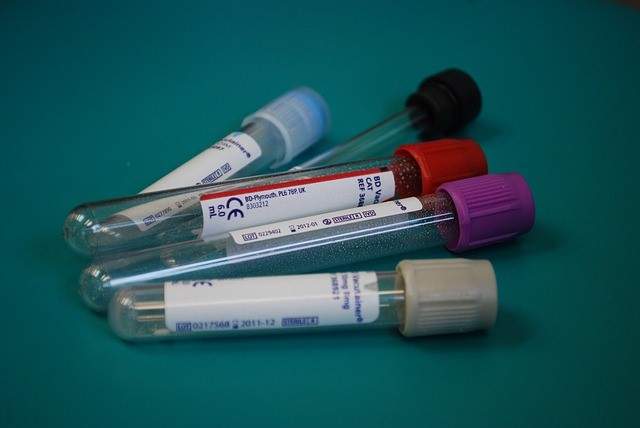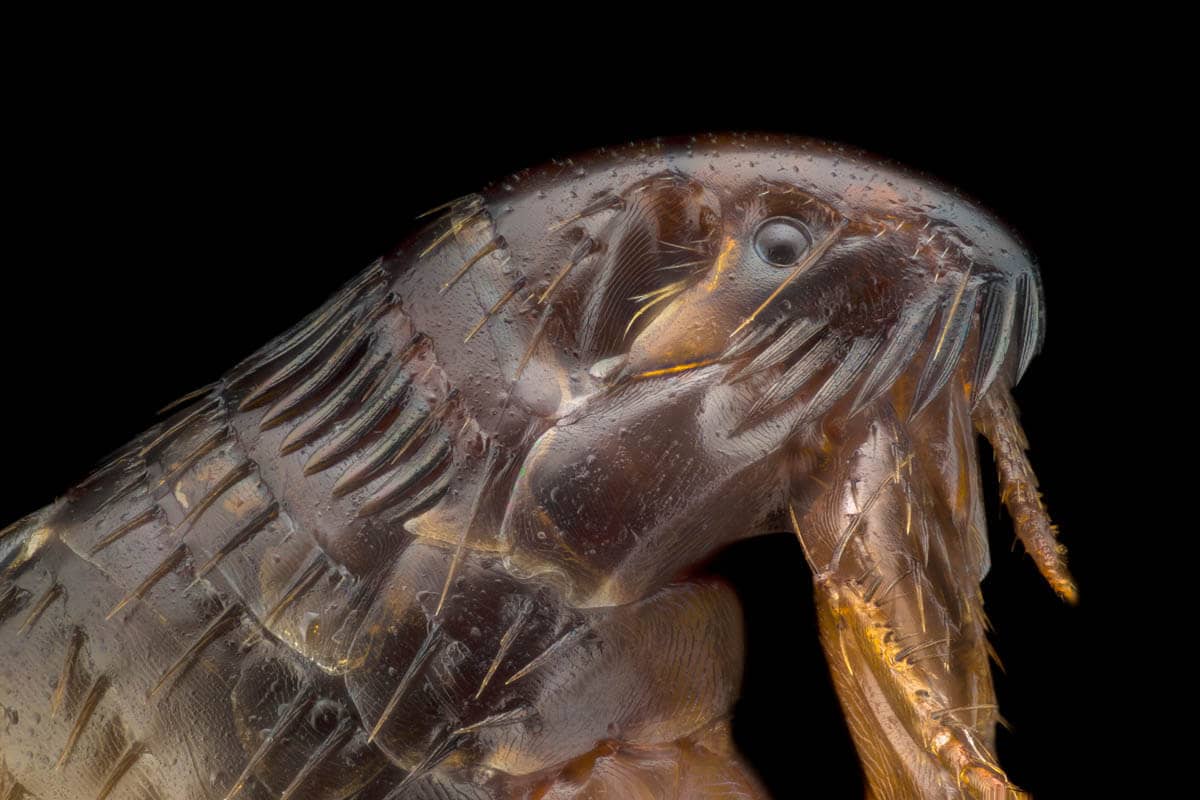Have you ever wondered what your veterinarian is checking when they perform their annual examination? Well, we have all the answers here.
Also referred to as a wellness examination, the annual veterinary examination is an important medical evaluation to check the overall health of a cat who may not necessarily have a medical condition.





